Hi! I had many issues with the hotends/extruders on my Makerbot clone. I received parts to perform maintenance but it never happens as planned :-).
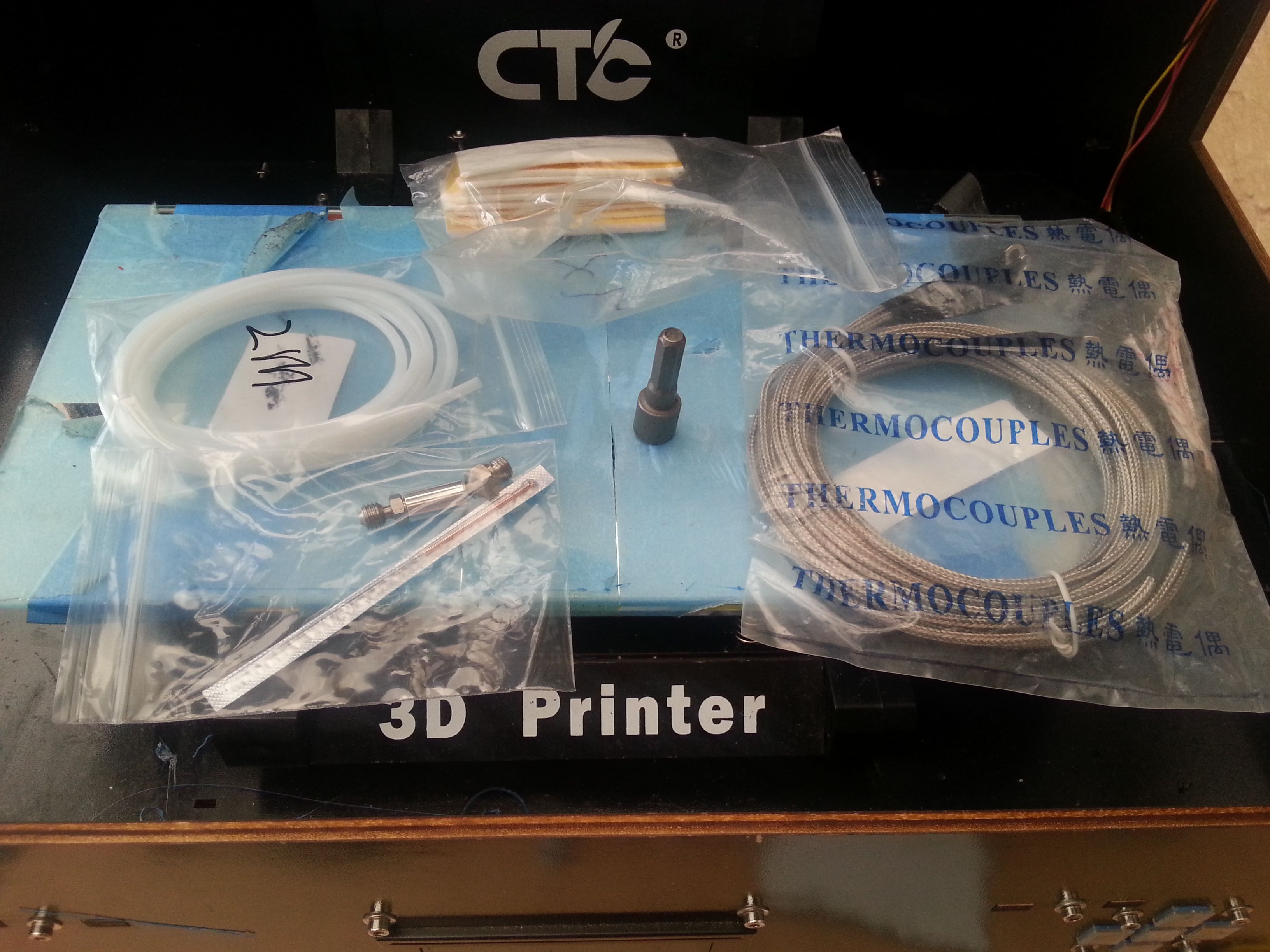
To keep it short, I managed to adapt the existing hotend holder to use an E3D throat/Block and Nozzle. It is performed with few hand tools. I reuse nearly all the parts (except the heat throat, nozzle, and heat block). I think it is nice because I have access to a larger choice of components and upgrades.
History of Problems
Extruders
The extruder design is really bad, there is not any spring and it is lacking grip. It can cause several issues: print quality or even if you have a "too full" filament roll you can finish with a clog due to the lack of grip.
Hotends
The hotend is having a heat throat that slides inside an aluminum block, it has a PTFE liner that goes down inside the nozzle. This thing wears out more or less quickly, you cannot go above 240/250 C without a quick degradation. For PLA it is ok as long as you print max at 220 C and you need to print at a slow throughput. This is mostly a precision issue when machining those heat throat. The thing is PTFE acts as an insulation layer, even you can still have heat creep with this design
Now I am printing mostly PETG with a print temperature of 235 to 250 C, I had to nearly reduce by 2 my print speed with respect to PLA, and I have to change quiet often those PTFE liners, which are a pain...
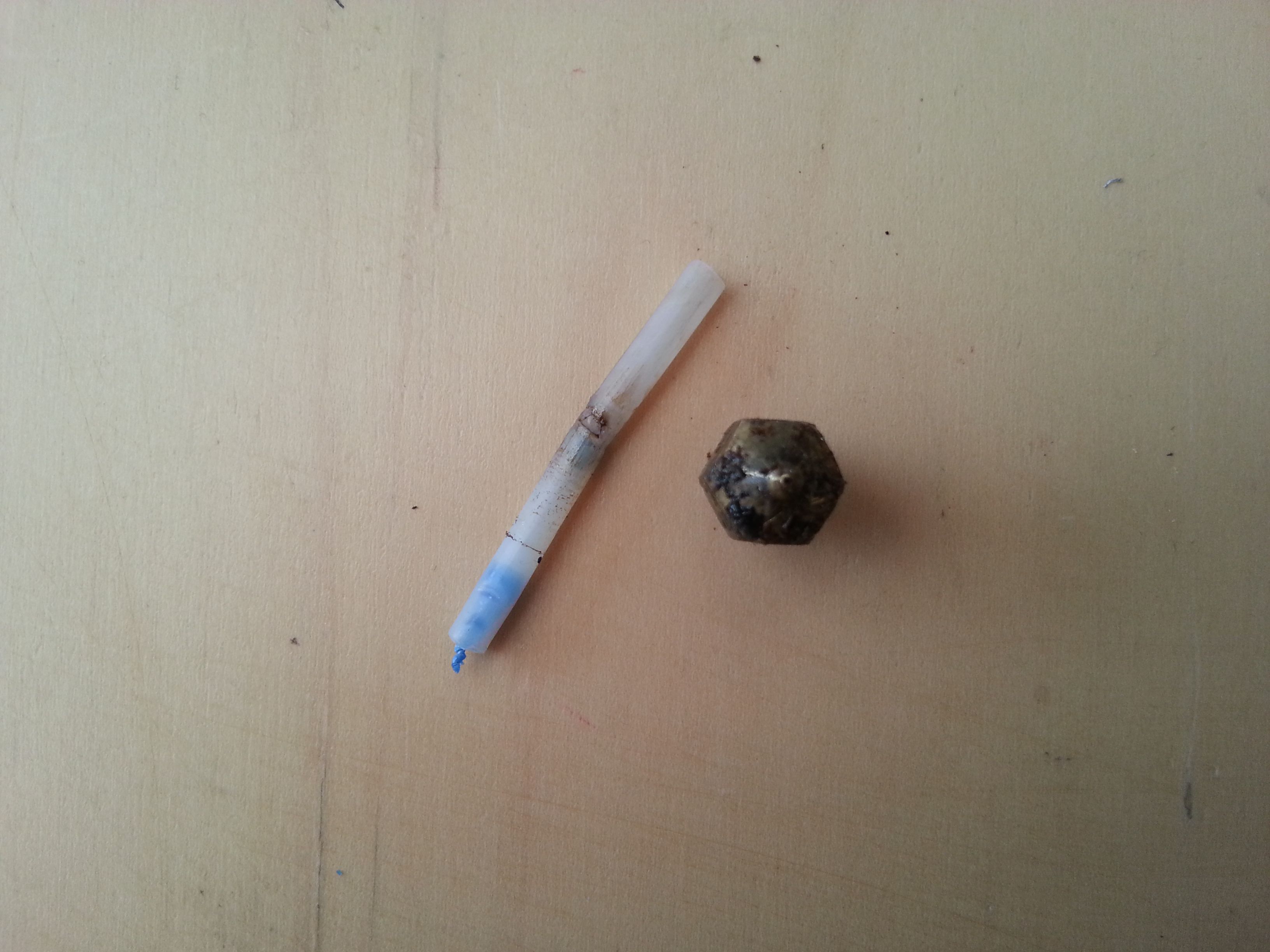
Solutions
Extruders
This is the first thing to change, there are several kits for few bucks that are fixing this, it needs a bit of tinkering.

I put on mine a bowden setup and move both extruders and stepper motors from the gantry to reduce vibration and other kind of print quality issues, also it improves acceleration/speed but forget about printing flexible filament. I did not have any reliability issue with those cheap stuff after more than 2000 hours. I upgraded recently the stepper motor to a bigger one.
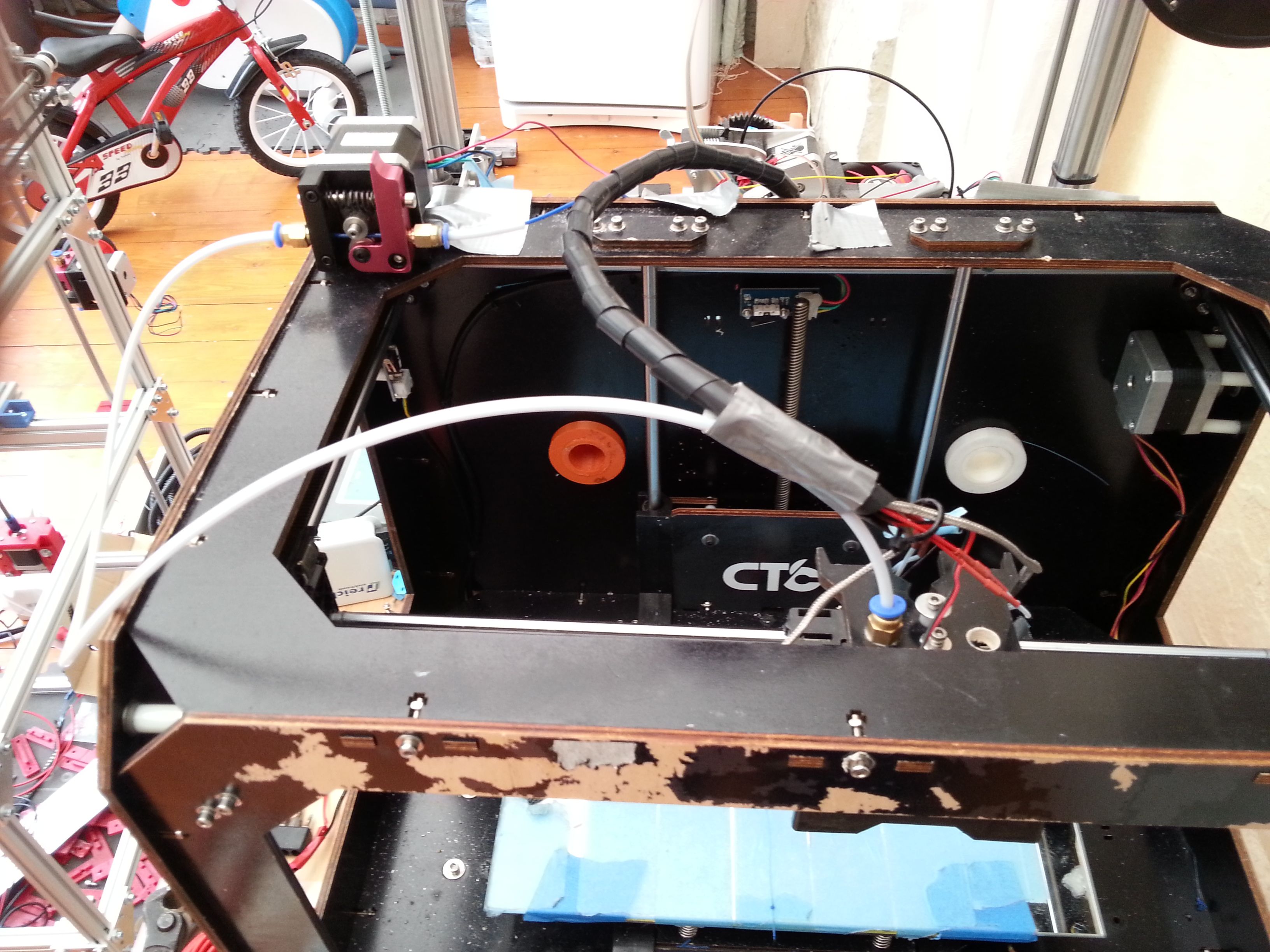
Hotends
This a bit tricker, it exists Full Metal hotends but it does not fit on my printer. It is a 8mm diameter throat and I have a 6 mm on it. Another problem with those hotends, you cannot source easily nozzles which is really stupid.
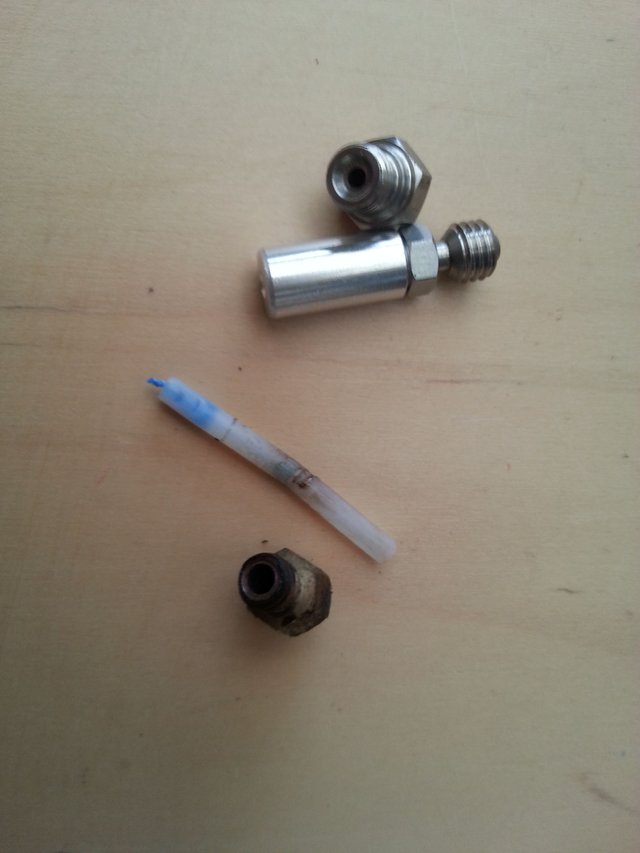
Follows a picture showing the design of the aluminum plate holding both heat throats. I can bore to 8mm, it will a bit limit but it should go.
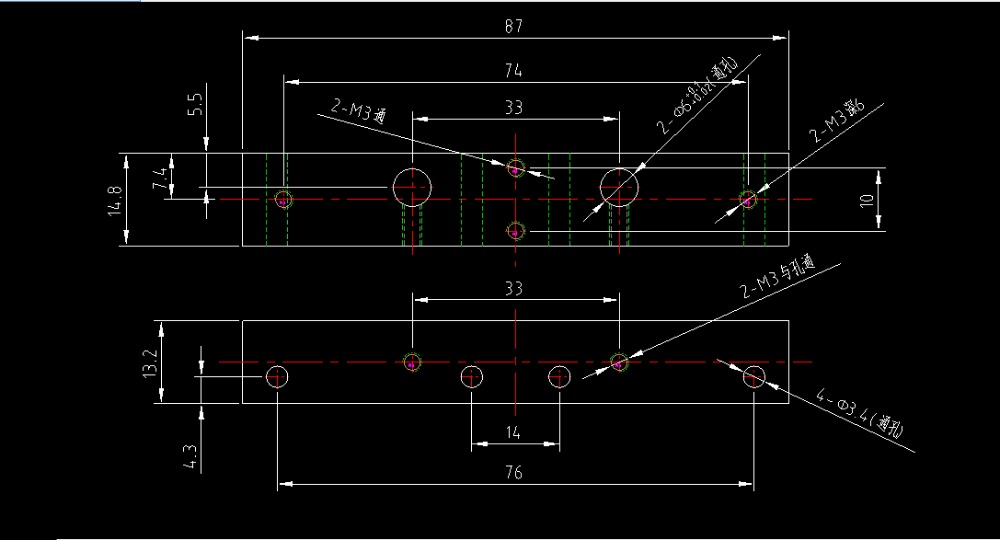
There is other major issue for the heat transfer, there is a small radiator but there is the tiny screw holding the heat throat that prevent the contact against the surface to be cooled, the result is that you have heat creep. It is straightforward, you just drill a hole to free the tiny screw and ensure a good surface contact. However, the black anodization is also an insulation layer to be remove using grit paper and also on the block holding the heat throats.
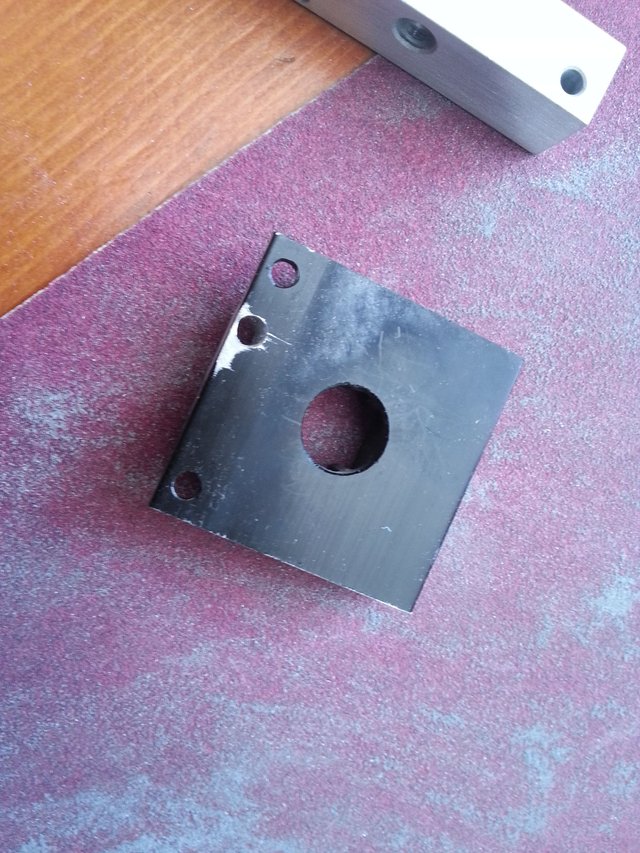
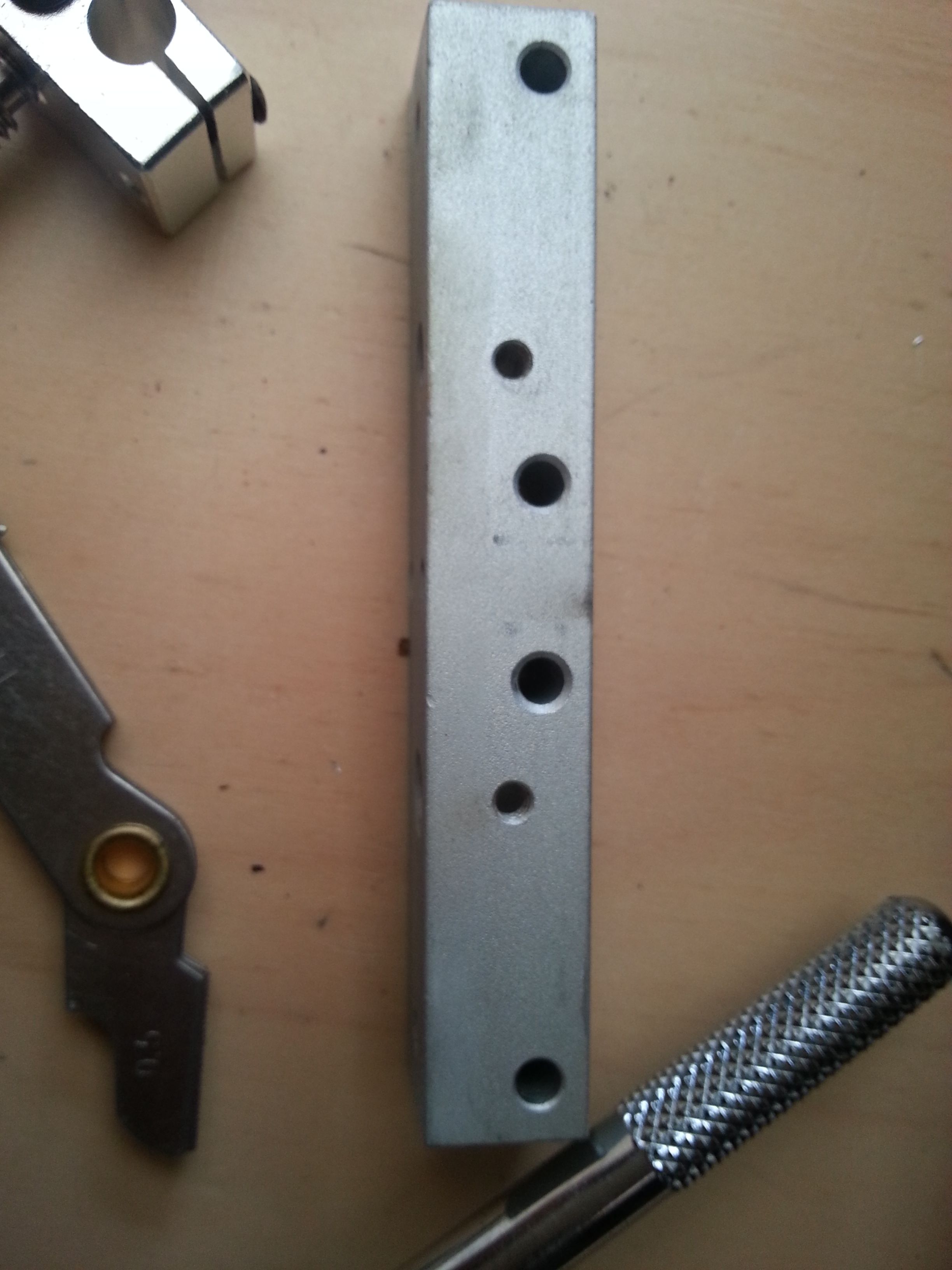
After a quick pass with the 120 grit paper (test in progress)
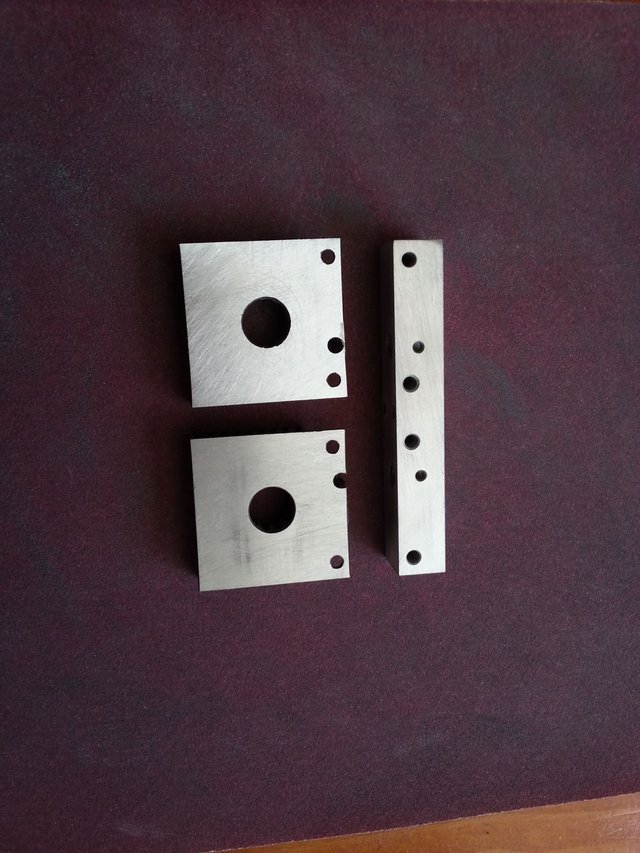 However, I have few E3D clones sitting there and I took a few measure to see if I can use it directly. It will be much better for nozzle and replacements. After a few measures it seems that it fits. 6 millimeter hole that I can tape to M7/1mm.
However, I have few E3D clones sitting there and I took a few measure to see if I can use it directly. It will be much better for nozzle and replacements. After a few measures it seems that it fits. 6 millimeter hole that I can tape to M7/1mm.
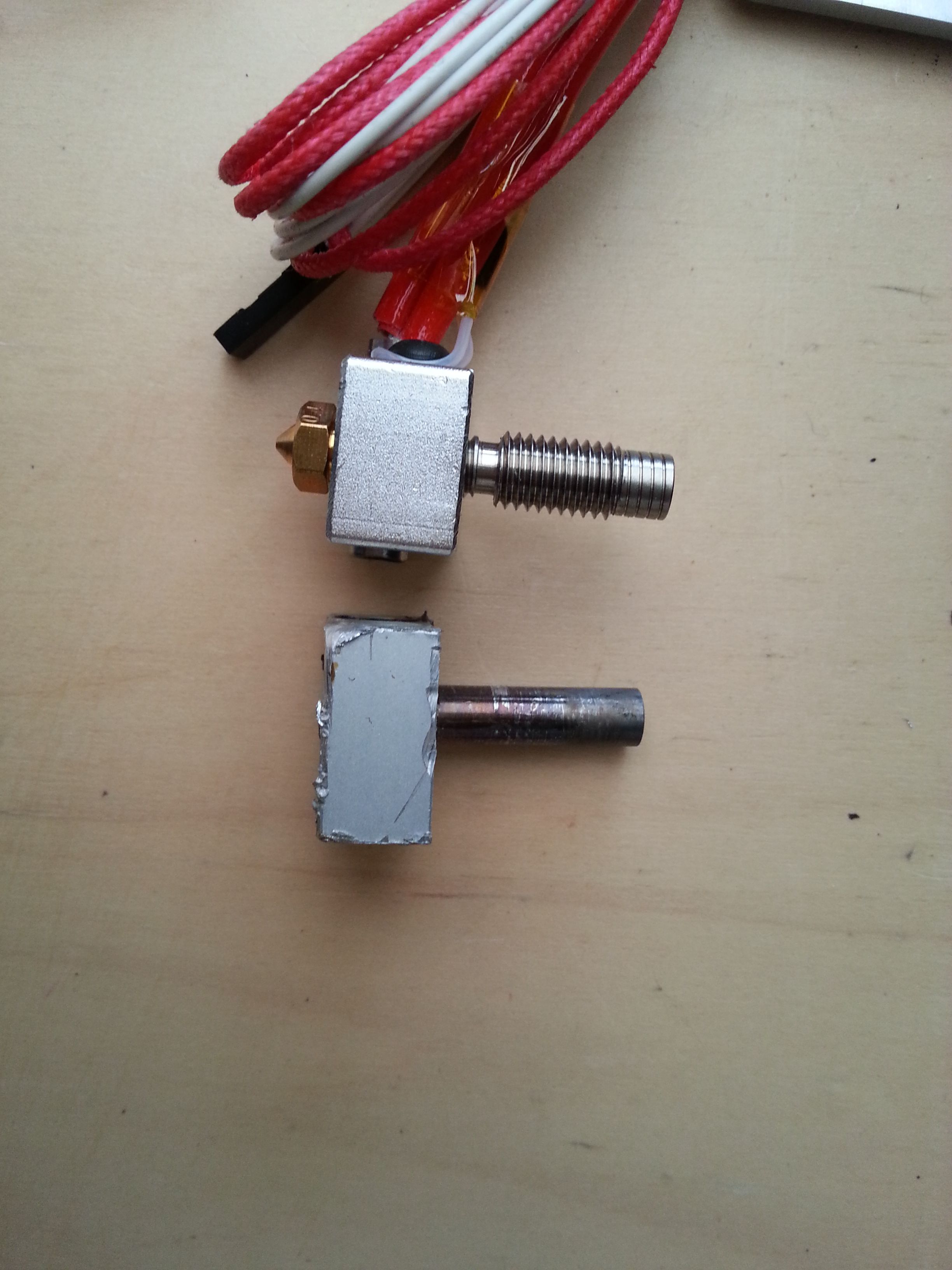
So barbarian mode, the 6mm hole is perfect to tape to M7/1mm the block holding the heat throat. I let the tool do the job, no pressure on the linear rods.
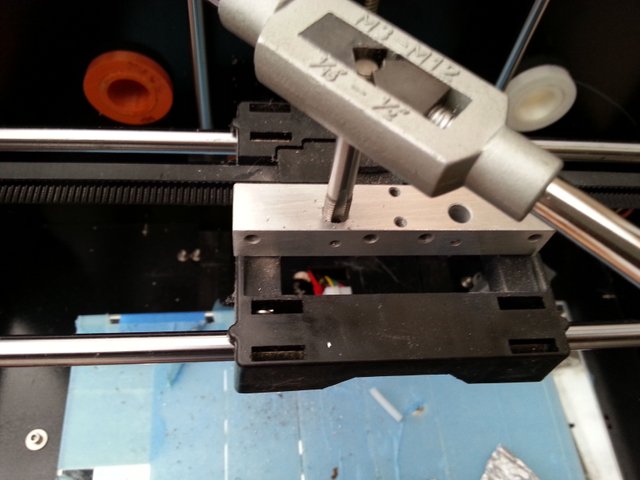
Test assembly, OK !
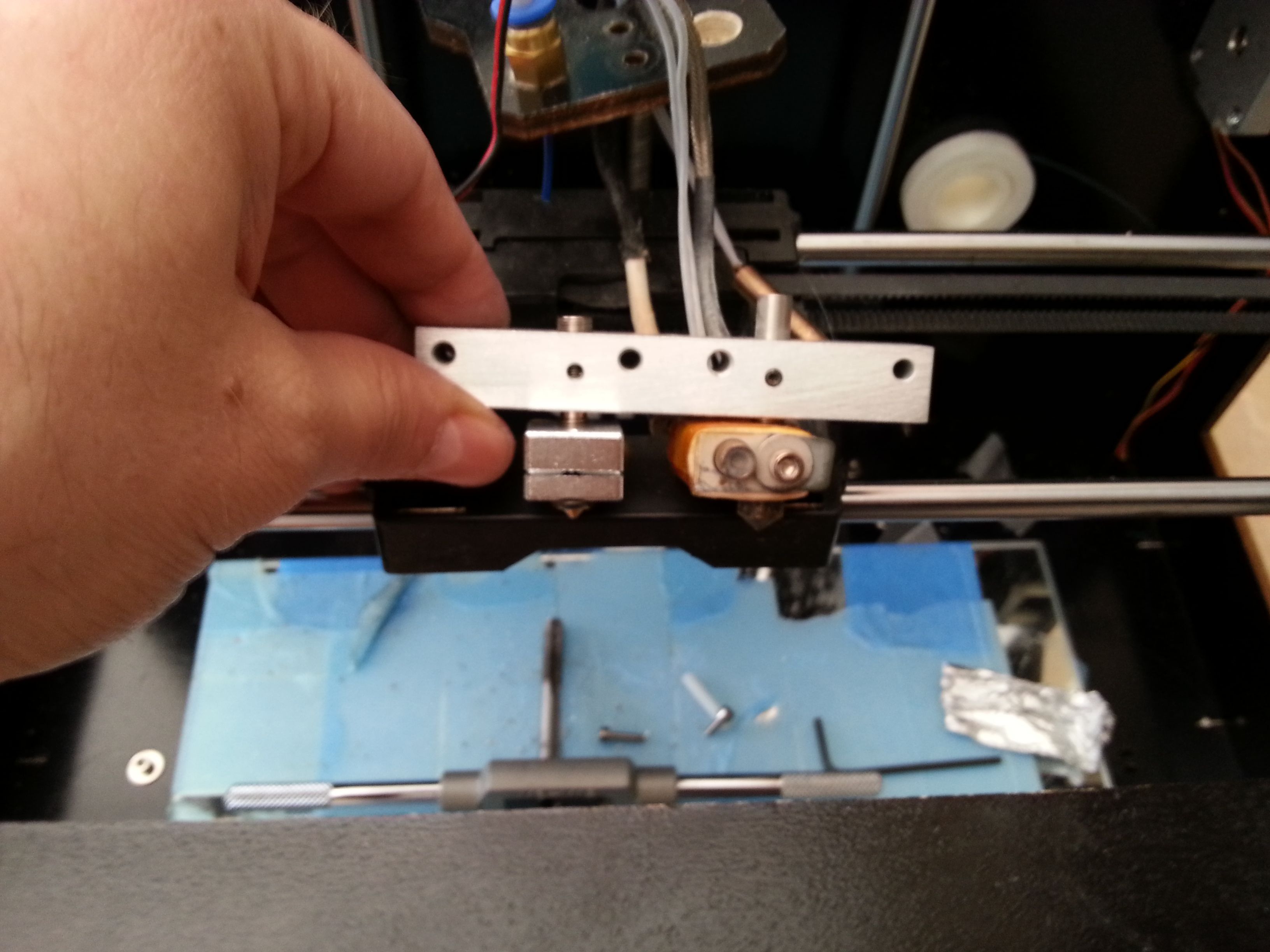
Load of the filament, no clicking noise for the first time, extruding a lot of filament to see if there any issue. The heat transfer has slightly improved, also the heat throat seems to be of not bad quality, the filament has very little play to enter in.
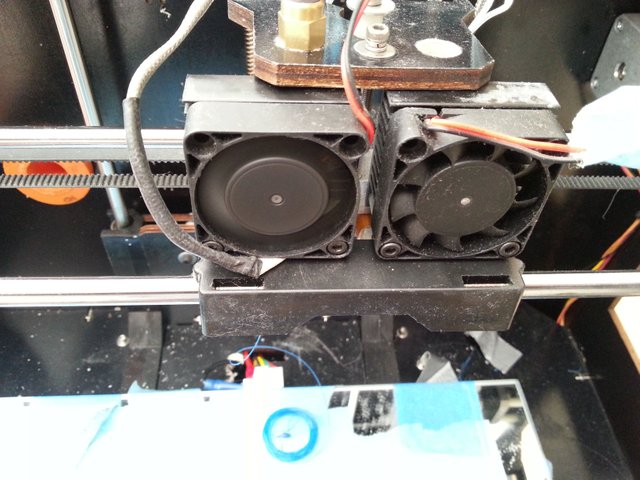
The back of the assembly.
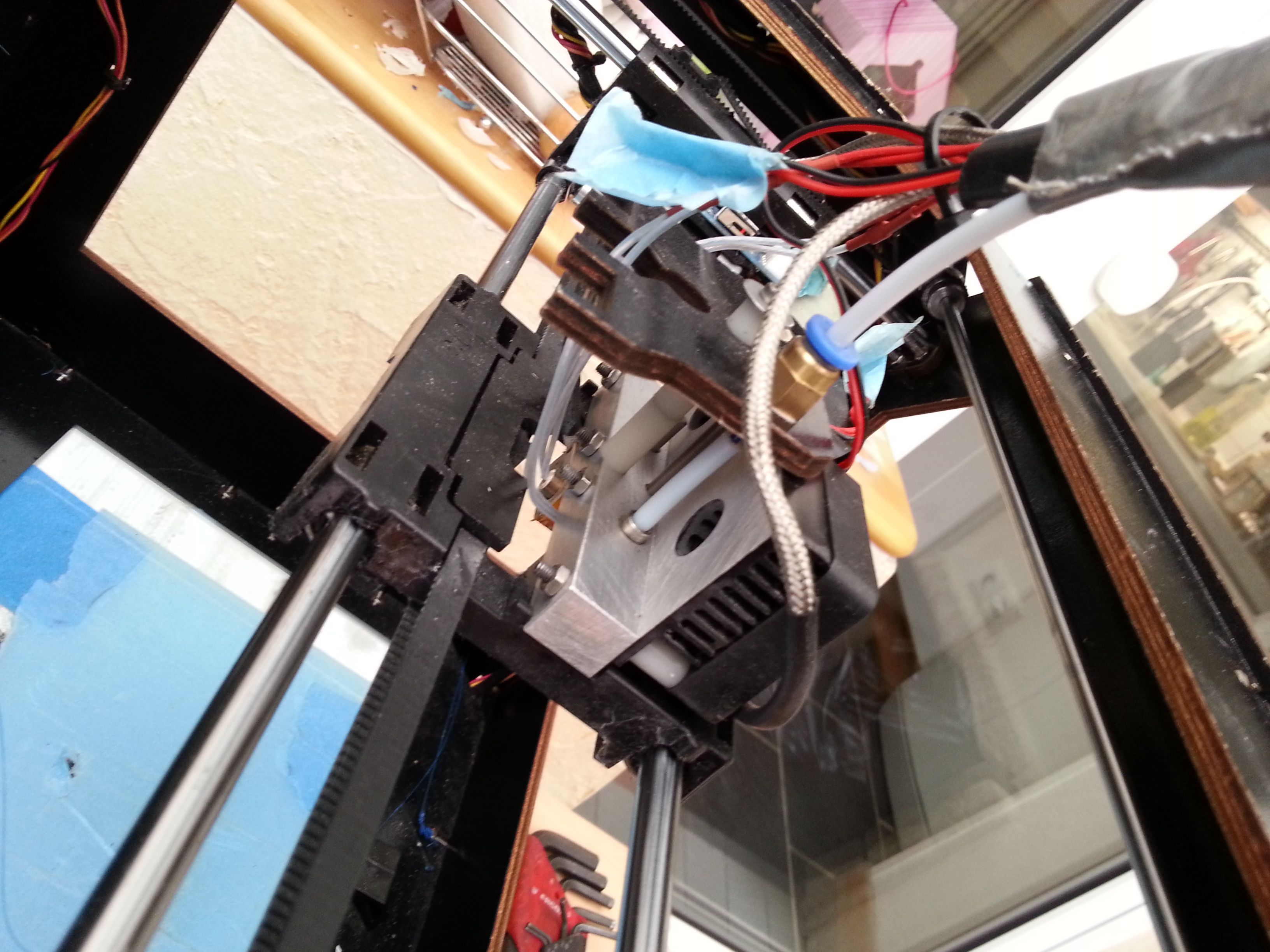
The assembly of the nozzle is a bit tricky due to the tight volume under the carriage, the thermocouple is attached to the screw used to tighten the heat resistance, I kept the original resistor and thermocouple. So far, I know that either there is a limit on the maximum PWM at the firmware or the heat resistance is weak and it cannot go to 250C reliably. But there is so much improvement on the heat transfer that I have to reduce by 10 to 15 C my print temperature, and I can print PETG at least as fast I was printing PLA before (I did not check the limits). Removal of the coating on both the aluminium block and the radiators was a good idea: when I was printing before at 240 C, I was having my unused hotend running around 50C now it is more like 25C (room temperature 15C).
Now, I am performing modifications to my slicer profiles, because the heat transfer and the different geometry of the nozzle changed a lot of things on the temperature, the extrusion flow, the retraction ... In the worst case, it will cost me 5€ to change the aluminum block.
Edit
- The springs for the heatbed may need a few shims in order to have enough tension because the heat throat is shorter.
- I did not any thermal paste, if you have a good one it is worth to put some on the cold side of the heat throat.
- If the experiment is not good, you can still bore to 8mm to put the Metal HotEnd kit shown in one of the previous picture.
Congratulations, your post received 33.33% up vote form @spydo courtesy of @boucaron! I hope, my gratitude will help you getting more visibility.
You can also earn by making delegation. Click here to delegate to @spydo and earn 95% daily reward payout! Follow this link to know more about delegation benefits.
Downvoting a post can decrease pending rewards and make it less visible. Common reasons:
Submit
Release the Kraken! You got a 49.02% upvote from @seakraken courtesy of @boucaron!
Downvoting a post can decrease pending rewards and make it less visible. Common reasons:
Submit